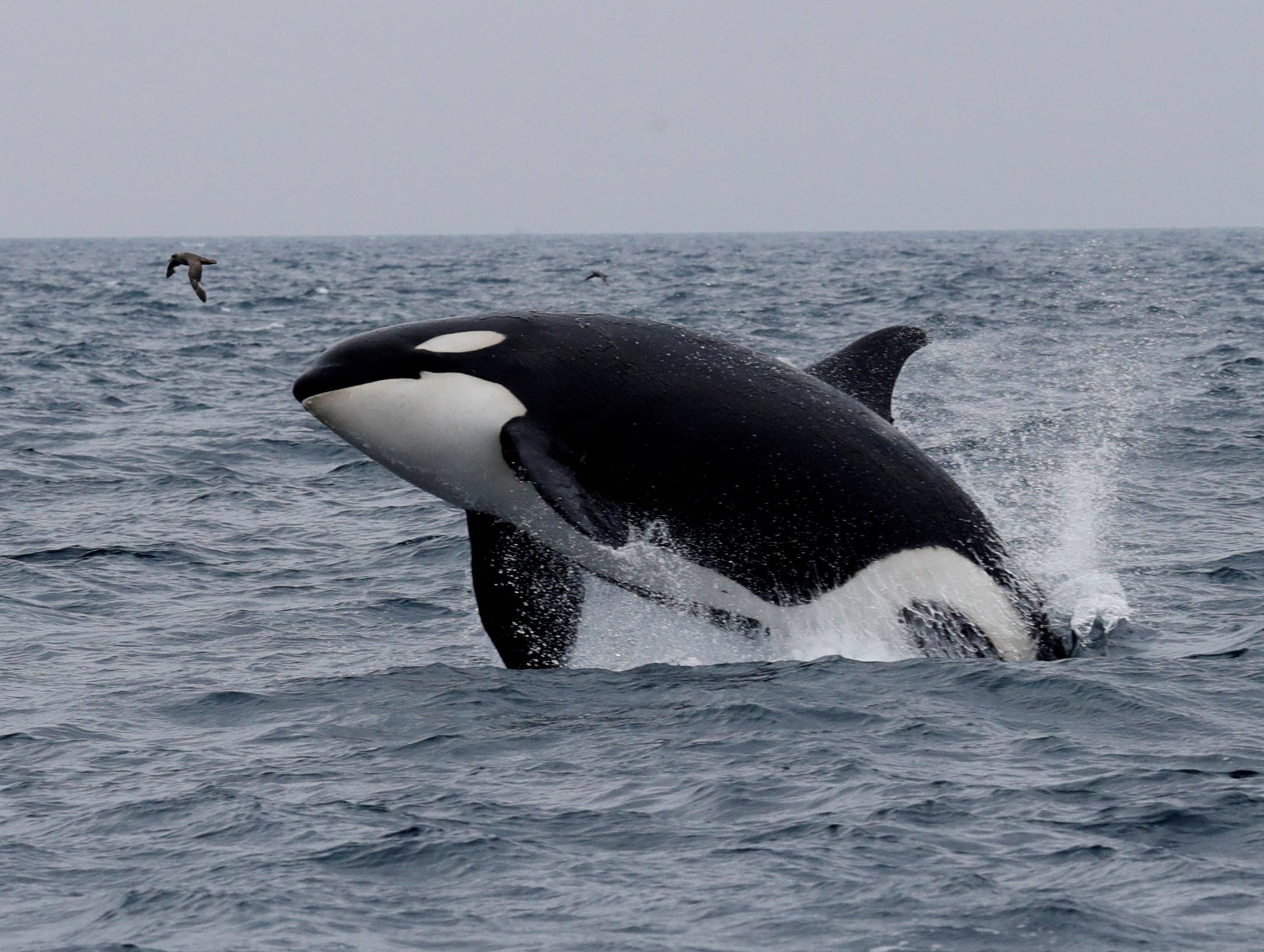Dolphins, porpoises, killer whales, sperm whales and other toothed whales produce an array of sounds — to find prey employing a sonar-like system called echolocation and to communicate with other members of their species.
The exact mechanism they use had long remained puzzling — until now. It turns out it is all in the nose.
Researchers on Thursday offered a comprehensive explanation for sound production by toothed whales — loud clicks for echolocation, and softer burst pulses and whistles for communication. It is an air-driven system in the nose, analogous to the larynx, or voice box, in humans and other mammals and the comparable syrinx in birds.



















With your current subscription plan you can comment on stories. However, before writing your first comment, please create a display name in the Profile section of your subscriber account page.